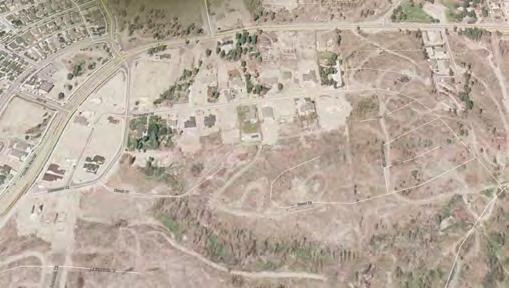Table 44. Summary of limitations and opportunities for future work A. Climate change
1. Refine wildfire frequency, severity, and firefighting considerations B. From guide to standard
2. Develop user tool to estimate user-specific impacts 3. Produce incentives to align stakeholder interests 4. Develop a guide to nature-based fire management 5. Examine health effects of volatile organic compounds 6. Estimate impacts on renters and economically disadvantaged people 7. Better understand Canadian fire vulnerability 8. Reconcile recommendations with NBC and other codes 9. Understand public service, emergency response, historical and cultural impacts 10. Examine commercial and other non-residential buildings C. Indigenous people and northern communities
11. Detail Indigenous nature-based solutions 12. Estimate impacts on Indigenous people and northern communities
5.3.1 Climate Change Issues 1. Refine wildfire frequency, severity, and firefighting considerations. The present analysis accounts for climate change solely through changes in nationwide ignition frequency (Figure 20). NRC could undertake a deeper analysis accounting for spatially and temporally varying burn rate, fire severity, and firefighting capability. It could assign hazard level by future burn rate, rather than based on past hazard. Doing so would make hazard levels more consistent with the goals of the National WUI Guide and demonstrate its relevance to communities that do not yet recognize how it matters to them. Figure 20. Projected increase in fire occurrence rate relative to the period 1980–2005 (Wotton et al. 2010). Percentage change from baseline <10 10-25 25-50 50-100 >100
Human 2090
Lightning 2090
93








